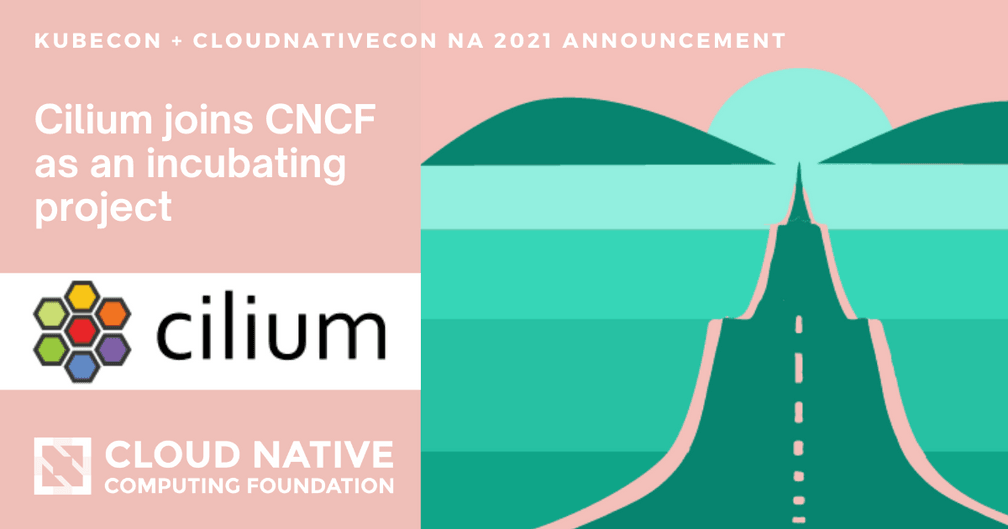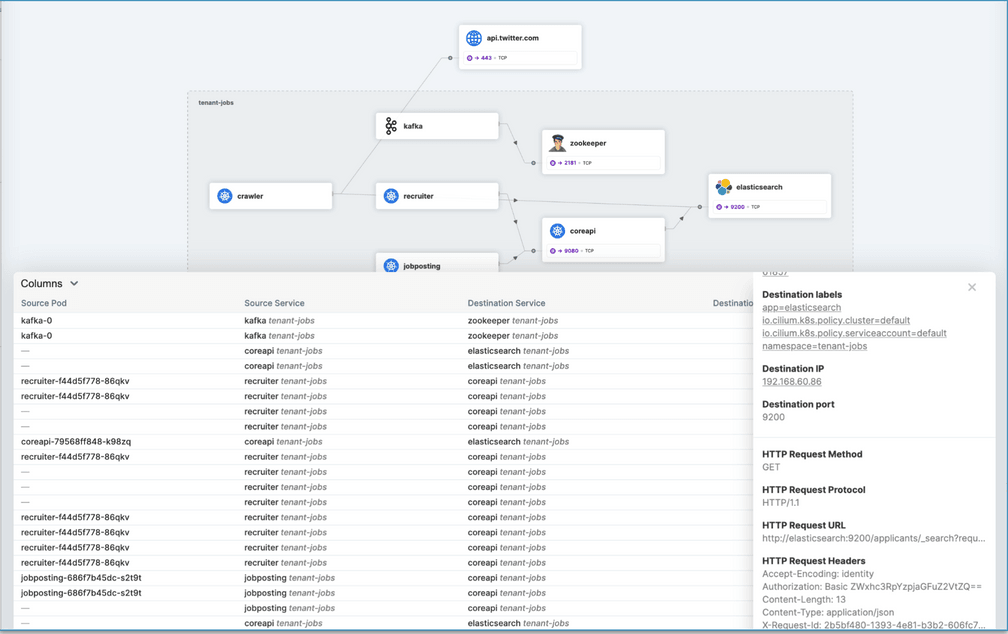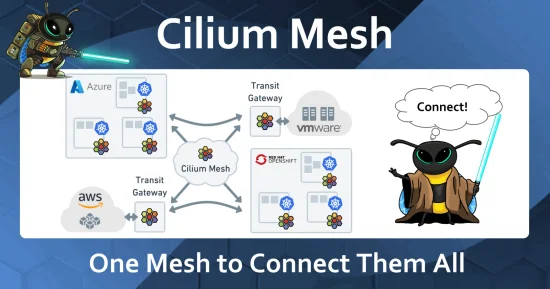Cilium joins the CNCF
I'm beyond thrilled that Cilium has joined the CNCF as an Incubation project! I'm excited about it not just as an advocate for the Cilium project, but also as an Isovalent team member, and in my role as Chair of the CNCF's Technical Oversight Committee - and I'd like to share why.
eBPF as the foundational technology
The first time I heard about Cilium was in Thomas Graf's presentation at DockerCon 2017. By using eBPF to hook directly into the path of a network packet, it seemed clear to me, even back then, that this was bound to bring performance improvements over a traditional networking stack.
Over the last couple of years I've been telling anyone who'll listen that eBPF is creating a revolution in the way we instrument applications, especially in cloud native environments.
But until recently the biggest impediment to adoption has been that users need a Linux kernel that's recent enough to include eBPF capabilities. It takes a while for kernel releases to make it into the distributions that are commonly used in production environments. We've now passed a watershed, where even RHEL users have 4.18 kernels and can use eBPF capabilities. As a result we're seeing Cilium adoption in more and more deployments, with the field hardening that implies.
The natural default CNI
The big public cloud providers have taken an interest along the way. Google uses Cilium for the GKE data plane, and AWS recently picked Cilium for networking in EKS Anywhere. With Cilium joining the CNCF as the only Incubation- or Graduation-level CNI solution, it's rapidly becoming the natural default for Kubernetes clusters everywhere. It already has well over 9,000 GitHub stargazers. We know that our current published list of users is far from comprehensive - if your organization is also using Cilium we'd be delighted to see a pull request adding it.
Cilium is, of course, much more than "just" a Kubernetes CNI. In several cases it's used outside a Kubernetes environment to provide features like high performance load balancing. And of all the CNIs we believe it has the greatest range of capabilities for integrating cloud native and traditional network environments.
Cilium also includes Hubble, a tool for providing detailed observability into Kubernetes networking flows, and the Hubble UI for displaying this information. Add to this the advanced network policy that Cilium supports, and you can start to see how eBPF enables networking, observability and security, all in one project. Integrating with Envoy, Cilium is also poised to offer kernel-based service mesh capabilities.
A community project at heart
One of the things that attracted me to Isovalent when I first started talking with Dan & Thomas was their inherent understanding of open source communities, and the way that Cilium has consistently been run as a community-oriented project even while owned by the company. We do assign resources to an enterprise distribution, and additional enterprise features - after all, you have to have something to sell as a business. But this goes hand in hand with devoting significant efforts into the open source project. By joining the CNCF, the Cilium project is signaling its intent to remain, forever, a community project with its core functionality available to all.
As well as Isovalent, we have representation amongst our maintainers and committers from many other organizations including Google, Red Hat, SUSE and Datadog. We know there are other companies interested to get involved for whom the neutral ownership by CNCF will be a real encouragement. The project governance already ensures that no single company can take control.
Because Cilium has long been run by its community, we don't expect to see any dramatic overnight changes in the way you use, interact with or contribute to it.
The best place to start is our Slack community where you'll find thousands of people and a lot of help, should you need it
One new initiative is our weekly Cilium InstallFest - book your place today!
There is a weekly Cilium developer meeting - find all the details on GitHub - and a number of Special Interest Groups for different aspects of Cilium, such as Hubble, Policy or Datapath
Whether you're using or contributing to Cilium, we look forward to welcoming you in our community!




